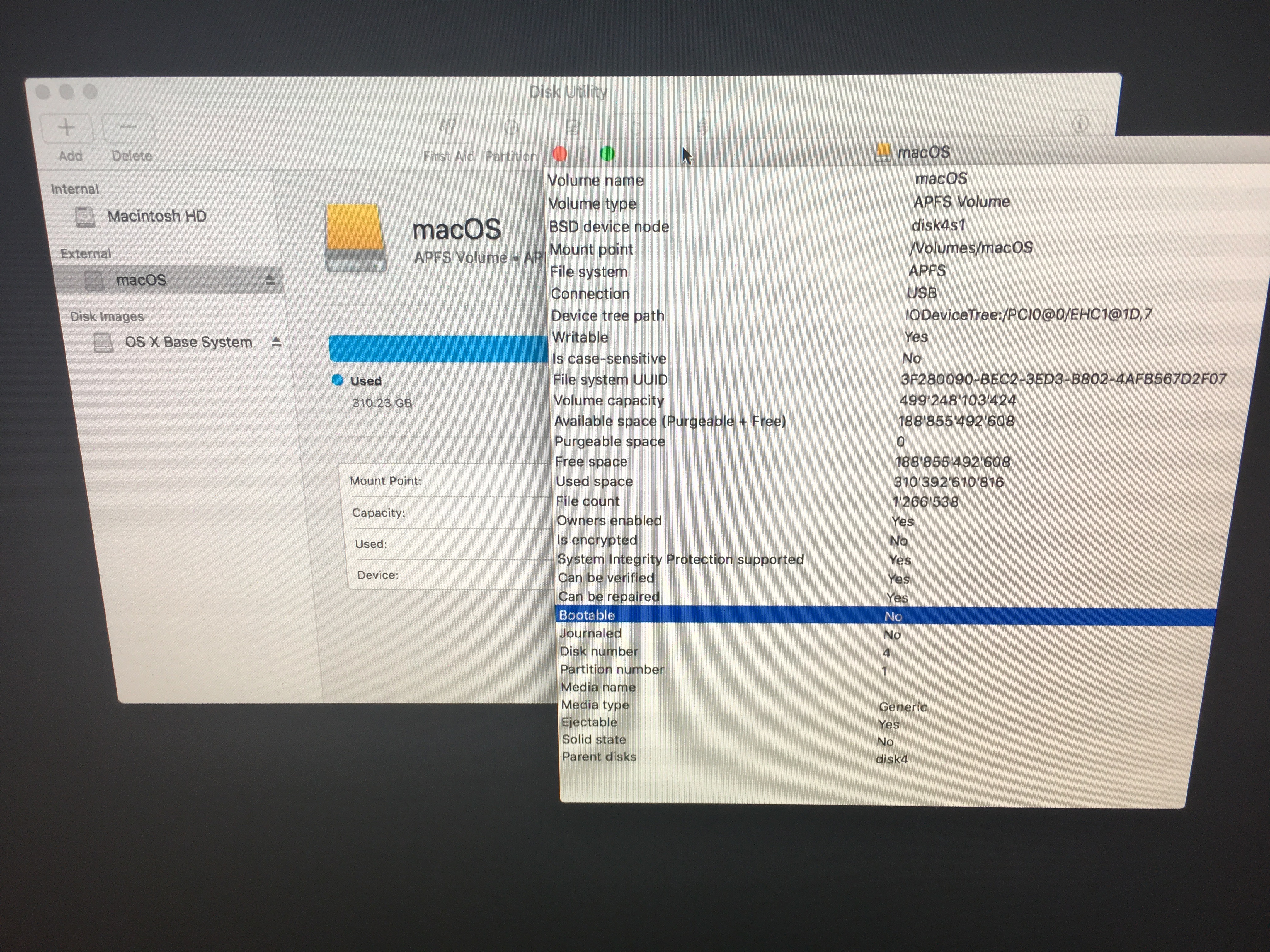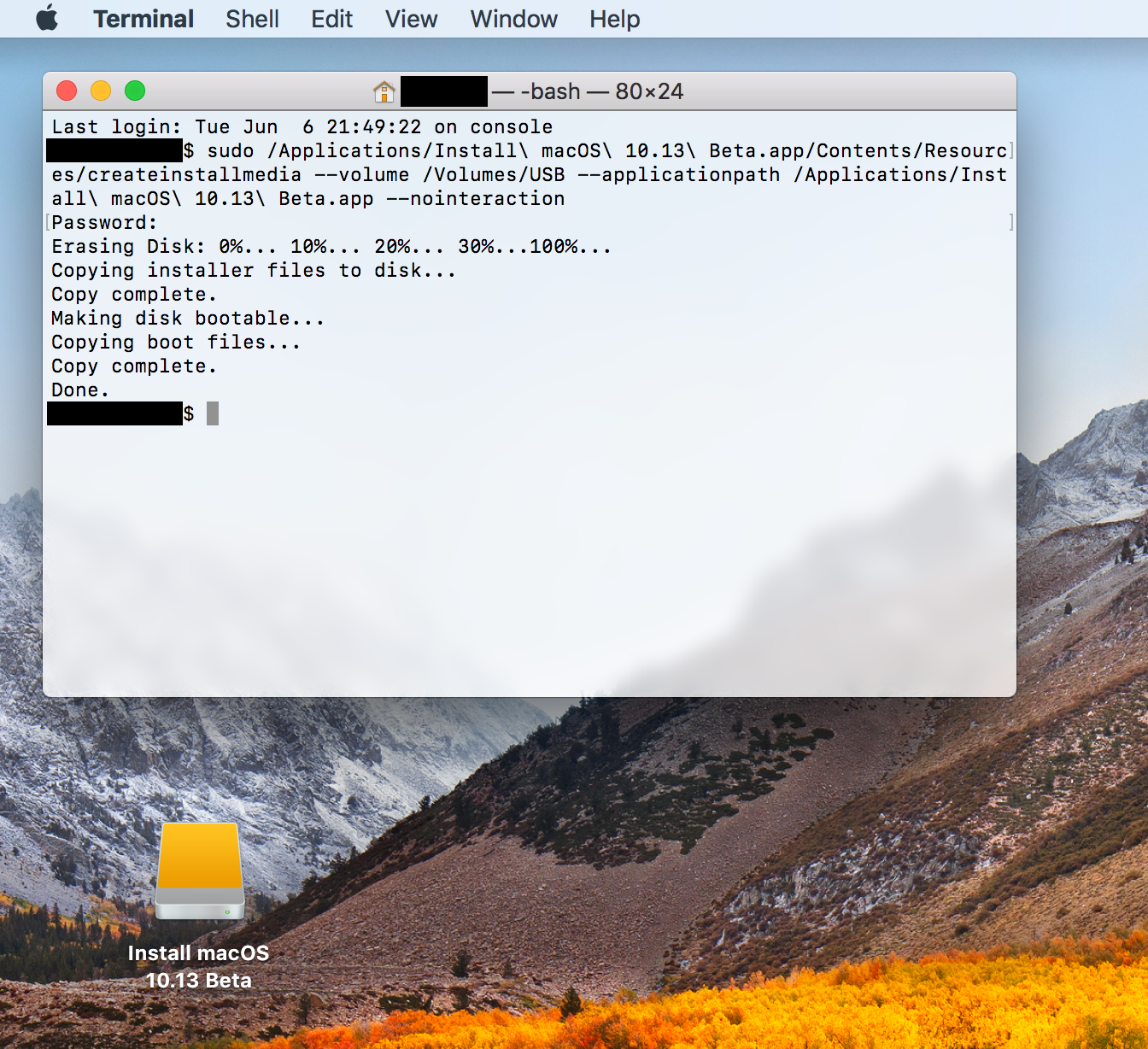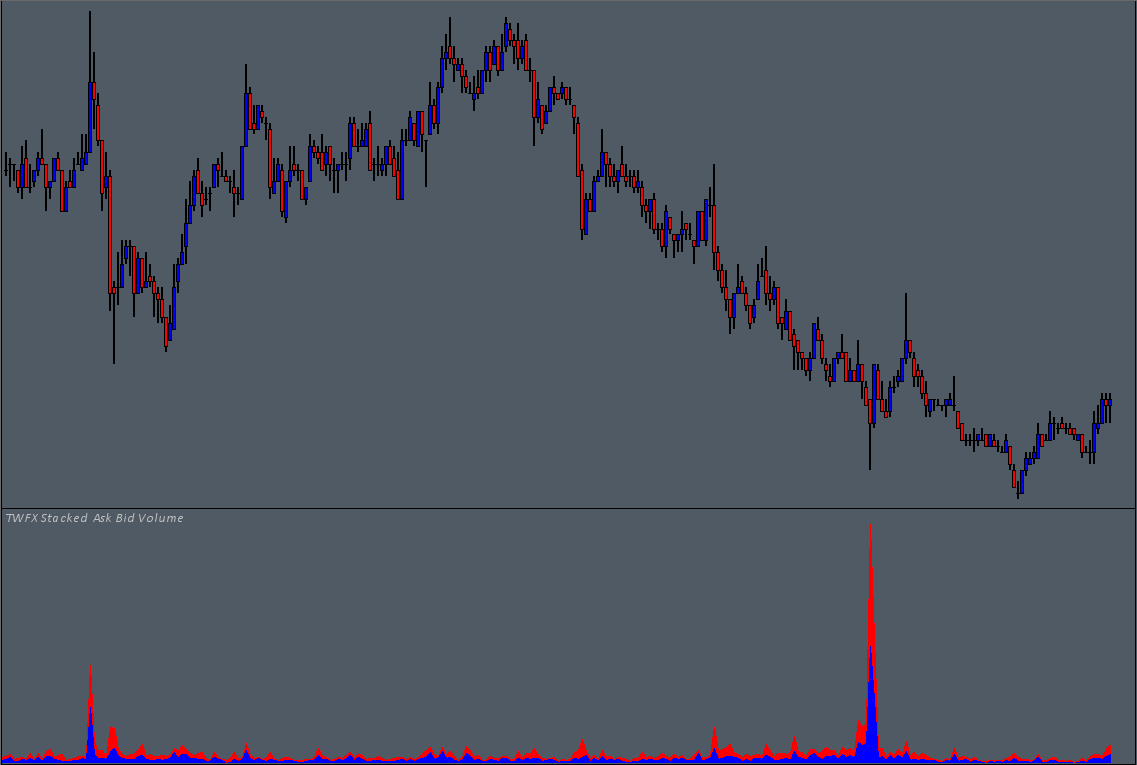

- #HIGH SIERRA VOLUME COULD NOT BE UNMOUNTED INSTALL#
- #HIGH SIERRA VOLUME COULD NOT BE UNMOUNTED UPGRADE#
- #HIGH SIERRA VOLUME COULD NOT BE UNMOUNTED MAC#
If you have an external bootable disk, connect this to your Mac and power your Mac up whilst holding down the OPTION/ALT key.Some of the following steps are destructive and will lose ALL data on your drive. I would strongly recommend at this stage attempting to back up any data that is required before proceeding with the following steps.
#HIGH SIERRA VOLUME COULD NOT BE UNMOUNTED INSTALL#
To create your own bootable disk, refer to our blog ‘Creating a Mavericks bootable install disk’. You can then run Disk Utility from there.Īn external drive or a network drive is preferred if it is the internal hard drive you have an issue with, since the OS X Recovery is a partition on the same physical drive which may not be able to successfully unmount or modify your internal disk. So the first thing to do is to startup the Mac from another bootable drive such as an external drive or OS X Recovery. Normally, any ‘Couldn’t Unmount Disk’ error is attributed to circumstances where the boot drive is being modified or is being used by an application or process. “ APFS: What You Need To Know About Apple’s New File System.” and “ 10 Things You Should Know About APFS Apple’s New File System.” Some of the discussion in these articles refers to iOS, but it’s all the same file system in iOS and macOS.I have found myself recently experiencing a couple of Macs which would not allow me to repair the directory or permissions in Disk Utility, or erase/partition the drive with an error such as: ‘Disc erase failed couldn’t unmount disc’ or ‘Disk Erase failed with the error: Couldn’t unmount disk.’Įven trying to use Network Deployment tools such as Apple’s Netinstall service or DeployStudio have also failed to deploy due to these errors. If you’d like to read more about the features of APFS, I also recommend these other publications. (If you don’t see it, you may have to reveal it with Finder > Preferences > General) Then hold down the Command key and type “I” (CMD+I) for “Get Info.” You’ll see something ike this: Get Info for an APFS volume. If you’d like the warm fuzzy of seeing that the drive was converted, on the Mac’s desktop, click-select the boot drive icon.

That’s fast, and it’s just another indication of the brilliance of Apple’s APFS team. It took approximately two minutes in my case. The size of the SSD in my MacBook is 256 GB. The results of the conversion will be reported to Apple for QC analysis. Click Done when that button becomes undimmed. When the conversion starts, you’ll see a progress indicator with all the geeky details if you elect to show them.

Converting to APFS cannot be undone.” Click on the “Convert” button.Ħ. “Would you like to convert Your-drive-name to APFS? The box notes: “APFS volumes cannot be used with older versions of macOS. In the Disk Utility Edit menu, select “Convert to APFS.” (It will be dimmed if you didn’t properly select the boot volume.) Disk Utility > Edit > Convert to APFSĥ. (Not the physical drive above it.) In this example, it’s called “John’s-MacBook.”Ĥ.

You’ll be dropped into the macOS Utilities.ģ. To do that, select Restart from the Apple menu and hold down the Command and “R” keys (often abbreviated as CMD+R) until you see the Apple Logo or a spinning globe.
#HIGH SIERRA VOLUME COULD NOT BE UNMOUNTED UPGRADE#
If the upgrade to High Sierra seemed normal, continue to step #2.Ģ. Of course, compete the installation in the normal fashion. The macOS High Sierra Post-Install Upgrade to APFSġ. The upgrade is non-destructive-you won’t lose any files. If that happened to you, there’s a fix to upgrade to APFS after your installation is done. I’ve seen several instances in Apple’s forum where people forgot to check the box before a hurried click on the Install button. What’s mildly tricky here is that the description of APFS, at the bottom in the smaller print, is isolated from the checkbox above the disk icon. High Sierra (Beta) installer with checkbox for APFS.


 0 kommentar(er)
0 kommentar(er)
